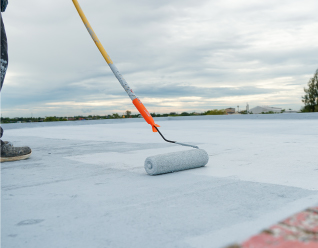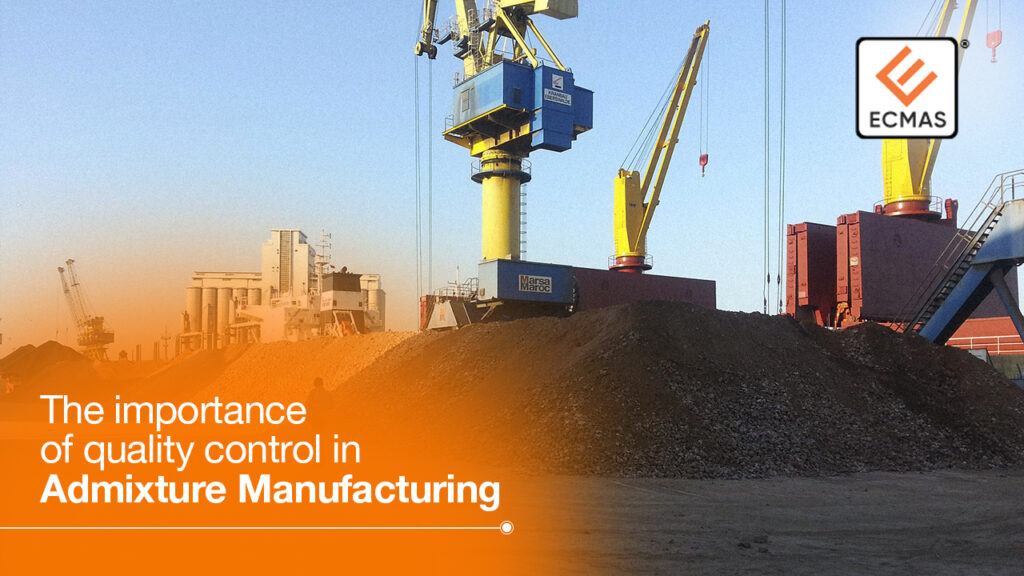Concrete makes for a great construction material. It is durable, non-combustible, can withstand high temperatures, and can be cast into any shape. However, in order to improve its mechanical as well as workability performances admixtures are added.
Concrete admixtures are any materials added to the concrete mix before the mixing process begins. The admixture is used to modify the concrete mix to make it fit the purpose it was made for as well as reduce cost and environmental impact. Using admixtures in concrete can significantly reduce the cost of construction, protect the structure from water leakages, increase the durability of the concrete, and help improve its strength.
Admixtures are of different types which are divided based on their functions. There are different types of concrete admixtures offered by ECMAS, such as water-reducing, slump retaining, waterproofing, accelerating, and more. One such admixture is called super plasticizing concrete admixture.
What is a super plasticizer admixture?
When working with concrete, water is required to increase workability and flow. However, too much water can result in a reduction of strength and make concrete more prone to cracks and shrinkage. So, to make concrete stronger, and more durable, and reduce the amount of water needed, a type of admixture known as plasticizer admixture is used. Plasticizers or water-reducing admixtures help reduce the water content in a concrete mixture by about 5 to 10%
Superplasticizer admixtures, or high-grade water reducers, are a type of admixture similar to plasticizers. It is added to concrete to help reduce the water content in concrete by 12% to upwards of 30% and help increase its workability. This type of admixture significantly transforms low-slump and stiff concrete into a more pourable and flowing material. Moreover, they also reduce the shrinkage in concrete and help increase its strength.
Superplasticizers can be broadly classified into four different groups: sulfonated melamine formaldehyde condensate (SMF), sulfonated naphthalene formaldehyde condensate (SNF), modified lignosulphonate (MLS) and others including sulphonic acid ester, polyacrylates, polystyrene sulphonates, etc.
How does superplasticizer admixture work?
Superplasticizers are made up of water-soluble polymer molecules. When mixed with concrete, these molecules absorb the surface of the cement grains and help create an ionic group. As a result, the cement particles are negatively charged, causing mutual repulsion and steric hindrance (restraint of intra or intermolecular interaction caused by the spatial structure of a molecule).
Compared to normal plasticizers, superplasticizer admixtures are used at considerably higher doses. The typical dosage of superplasticizers used usually ranges from 1 to 3 litres per cubic meter of concrete. The liquid superplasticizers must contain about 40% of active material.
Advantages of using superplasticizer admixture
Superplasticizers are used due to the following reasons:
- To help produce flowing, self-levelling concrete or improve workability without the addition of extra water
- To improve and enhance the strength of concrete without increasing the cement content.
- To help improve the bond strength and adhesion to surfaces
- To help achieve a high concrete density and prevent cracking of the concrete
Final words
ECMAS supplies a wide range of concrete admixtures for a variety of applications that will meet the demands of our clients. and have proved highly effective in achieving their goal of increased strength, improved workability, durability, corrosion resistance, and water resistance.




